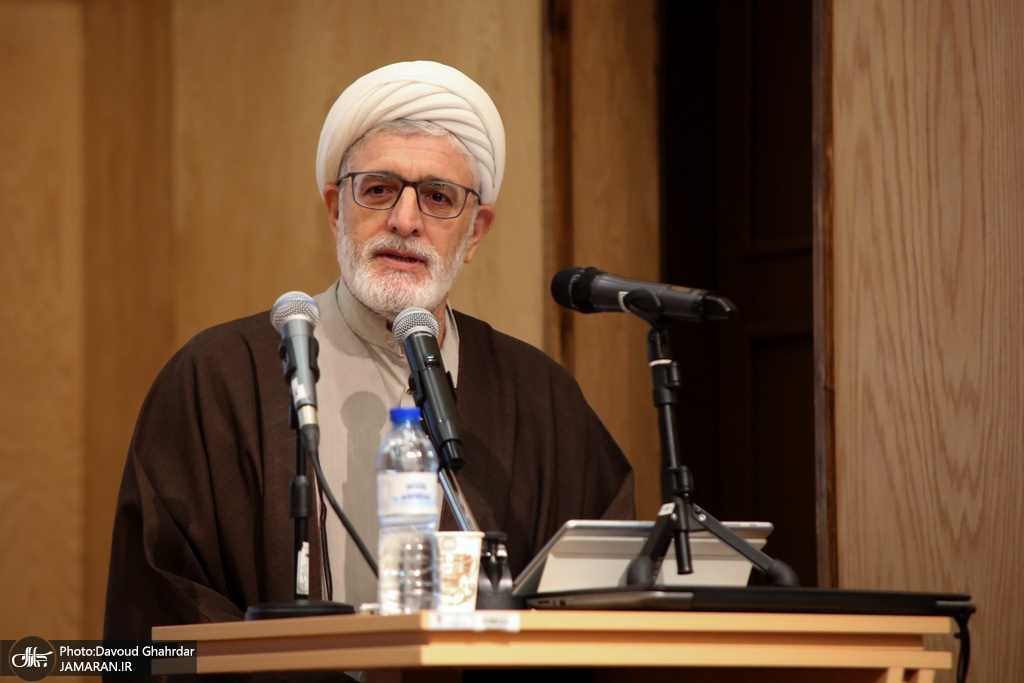
Rewritten Title:
“The Crossroads of History: Imam Hussain (AS) and the Struggle to Uphold the Prophet’s Legacy”
The Prophetic Era: A Model of Governance
The late scholar Hojjatoleslam Davood Feirahi, in a speech delivered on the 7th of Muharram (September 16, 2019) at the Qom Seminary, analyzed the first six decades of Islamic history, marking the year 61 AH as a decisive turning point. He described the first 11 years—the era of the Holy Prophet (PBUH)—as one of the most ideal and just governance models in history. Imam Hussain (AS) frequently emphasized his mission to revive his grandfather’s tradition—not merely in ritual, but in governance, justice, and societal structure.
Shifts in Power: From Expansion to Inequality
From years 11 to 23 AH, the Islamic state underwent significant transformation. Under the second caliph, vast conquests brought immense wealth into Medina, reshaping the socio-political landscape. A distribution system emerged, favoring those with tribal or early Islamic ties to the Prophet (PBUH), gradually centralizing power among Quraysh elites. By the third caliph’s rule (23–35 AH), privatization of wealth intensified, creating stark economic disparities.
Imam Ali’s (AS) Reform Efforts and Civil Strife
The period from 35 to 41 AH saw Imam Ali’s (AS) courageous but ultimately thwarted attempts to restore justice. Three devastating civil wars erupted, leaving tens of thousands dead and societies fractured. The Battle of Siffin alone claimed 70,000 lives, leaving countless widows and orphans—a crisis that deepened societal wounds.
The Umayyad Ascendancy: Wealth, Power, and Religious Authority
From 41 to 60 AH, Muawiya’s rule marked a return to oligarchy, merging Meccan aristocracy, Persian monarchy, and Byzantine religio-political systems. Muawiya centralized religious narration in Syria, crafting a theological elite to legitimize his authority. This shift marginalized traditional centers like Mecca, Medina, and Iraq, consolidating power in Damascus.
Imam Hussain (AS) and the Fateful Stand
By 61 AH, the Islamic state stood at a crossroads: either reclaim the Prophet’s (PBUH) just model or descend irreversibly into tyranny. Imam Hussain (AS), refusing to legitimize corruption, neither sought war nor rejected calls for justice. His principled stance—rooted in resistance without aggression—eternalized him as a symbol of justice, inspiring generations to uphold truth against oppression.
This historical reflection underscores the enduring struggle for moral governance and the timeless legacy of Imam Hussain (AS) in defending the Prophet’s (PBUH) vision.

